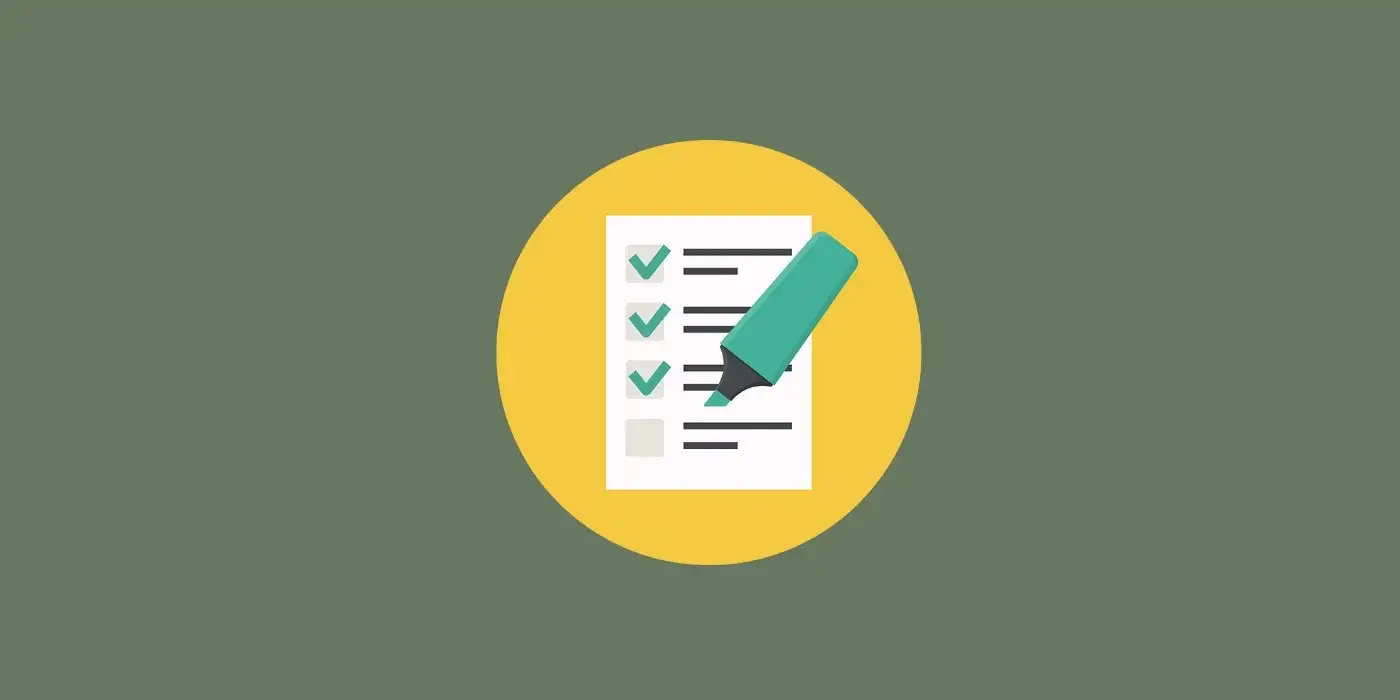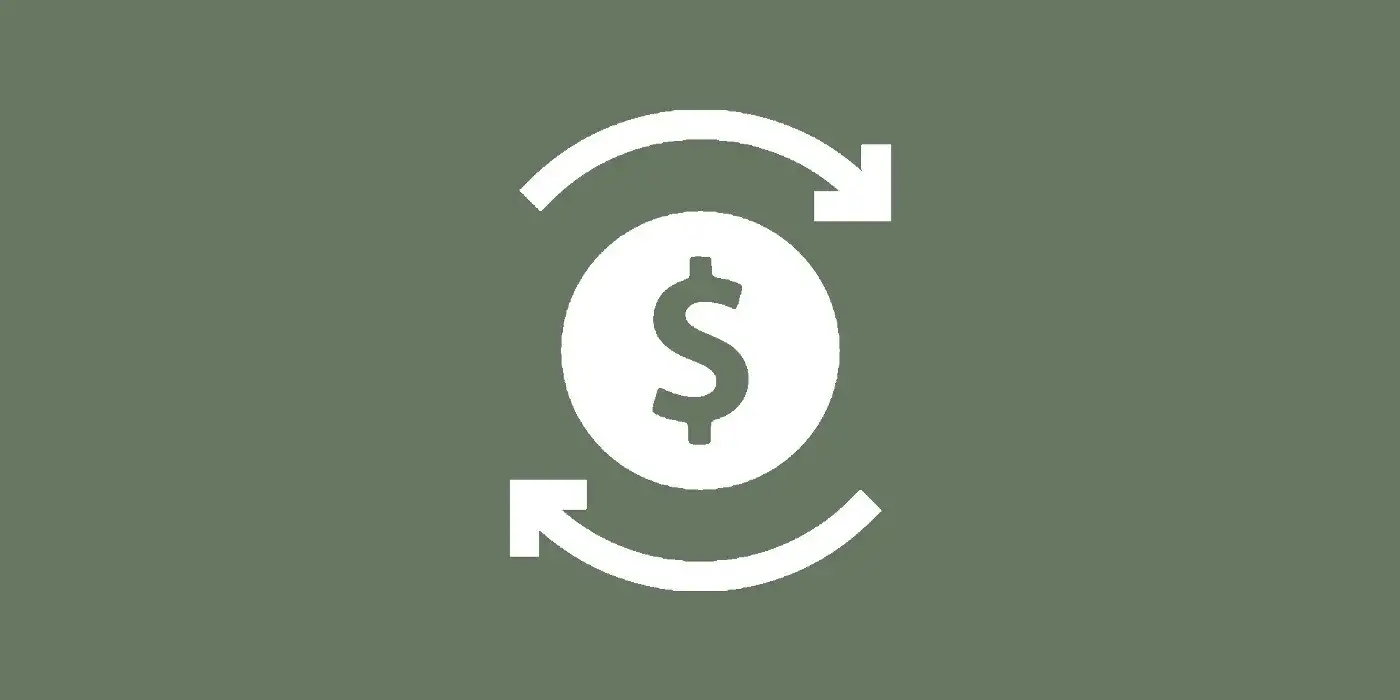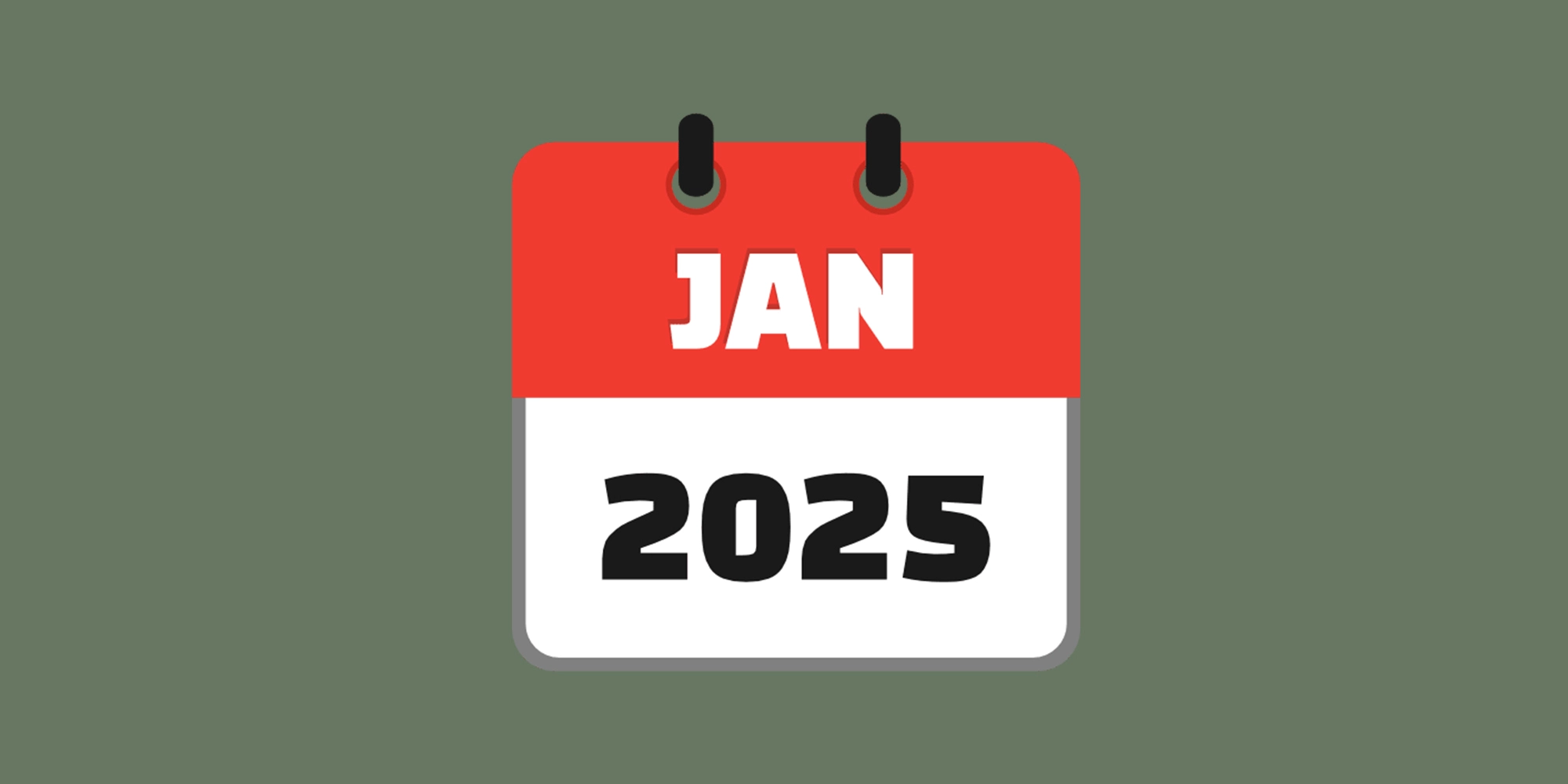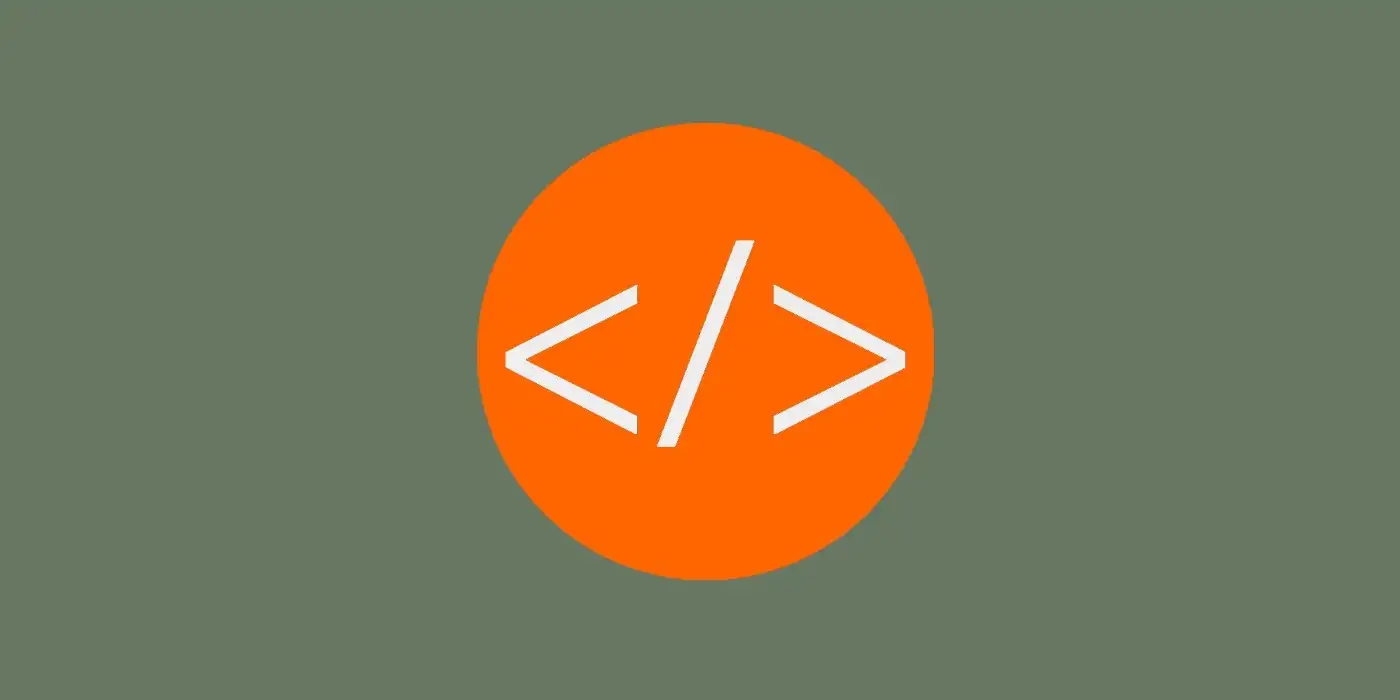
Let’s perform an experiment. For this experiment, you will need an account with a freelance platform, but the results will be universally applicable. I’ll take Upwork here as an example.
- Go to Upwork.
- Find 10 projects with a maximum budget of $5,000 (on Upwork, this is a common budget because it’s one of the default options for fixed-price projects). Make sure you
 How To Find the Best Clients on Upwork in Three Stepsonly pick quality projects.
How To Find the Best Clients on Upwork in Three Stepsonly pick quality projects. - Bid $20,000 on all 10 projects. It’s imperative that you crush your proposal. Do the groundwork. Really go above and beyond in your research, writing, and positioning.
What do you expect to happen?
Most people expect to have all 10 of their proposals ignored because they’re so much above the proposed budget. What actually happens is this:
- Clients will see a list of bids ranging from probably $200 to $5,000... and one bid at $20,000.
- They will wonder what the hell gives you the right to bid so high. Then they will wonder what it is that they’re not getting from all the other options. And they will open your proposal - something they won’t do for about 80% of the proposals they receive.
- What happens next depends entirely on the quality of your proposal.
Great expectations
Of course, you won’t get hired for all 10 projects. But that’s not your goal anyway. Your short-term goal is to find one great project. Long-term goals and scaling are a topic for another day.
Realistically, about 70% of the prospects will open your bid. Some will open it out of sheer curiosity and won’t reply to you regardless. If your proposal writing is top-level, you should get about a 20-30% response rate. Out of those that respond, you should be able to close anywhere between 10% and 30%.
There are a lot of variables. The magic formula is only magic if you have what it takes to become the premium option in your market.
Becoming the premium option
What are you selling, exactly?
Ask yourself this question. Answer it honestly.
Once you have the answer, ask another question: how is this different from what everyone else is selling?
You must have a clear answer to the second question. Furthermore, you must have a clear way to help your prospects understand it as well.
To get hired at premium rates, you must have premium marketing skills. To deliver premium results, you must have premium technical skills. None of this is easy. It takes a lot of practice, and most people never become the premium option in their market. Why?
It’s tricky to improve in two directions simultaneously. If you’re focused on technical skills but can’t sell, you end up charging far less than you could. If you can sell but can’t deliver, you end up breaking your promises.
To become a premium freelancer, you should develop these skills in parallel:
- Technical skills (whatever you do to deliver results).
- Research (finding out how to provide value to the client).
- Writing skills (your ability to communicate your value to the client).
- Sales skills (helping the client realize that the price they pay is a bargain relative to the value they get).
None of these should ever lag far behind the others.
Put your money where your mouth is
What if you offered the client a 100% money-back guarantee if you didn’t deliver as promised? How would you feel about that? Confident? Nervous?
You should be a little nervous. You can’t always deliver. But guarantees work wonders in winning projects. Take the risk out of the client’s equation and saying “yes” becomes a lot easier for them.
Then it’s up to you to deliver (or, ideally, overdeliver). If you deliver as promised, the client will be happy. If you overdeliver, they are likely to recommend you to their friends. You want to become a topic of conversation in your industry.
Money-back guarantees are a great way to get your foot in the door. Assuming the financial risk for the project signals two things:
- You are confident that you can deliver.
- You are a trustworthy partner.
Fast is better than cheap
Time is money. Nobody knows that better than freelance clients. They are hiring freelancers like you because they want something done quickly.
Note that I said “like you”. That’s because there’s another kind of freelance client: the kind that turns every project into a bidding war and doesn’t care one bit about quality. Those clients exist. People love to complain about them. But we don’t care about those clients. We don’t apply to their projects. We ignore them and focus on the ones that matter.
To quality clients, speed of execution matters, as long as it doesn’t downgrade the quality of the result. You fit into their plan somehow. Everything else being equal, the sooner you deliver, the faster their business operates, the better their bottom line.
Price in your speed. Also price in your independence - the less time they spend managing you, the more time they can focus on other aspects of their business.
The trick is making sure they know in advance how much time (and money) you’re about to save them.
Keep the small wins coming
The client should feel how extraordinary your services are every step of the way. I mean every step of the way. Not just at the end of the project. Not just on major milestones. Not every week. Every step of the way.
Imagine you’re working on a piece of software for a client. Within this project, there’s a back-end phase that’s gonna take a month. There are also 100 small front-end tasks. The logical thing to do is complete the back-end, and then deal with the front-end phase separately. From a client satisfaction viewpoint, it is the wrong thing to do.
Clients want to be involved and they like to watch their vision come to life step by step. If you spend a month working only on the back-end, none of that happens. They have to sit patiently while you do your thing quietly in the background. This is easier for you, but it’s more difficult for the client.
It also leads to impatience and problems in communication. If you start stretching deadlines, they’re unlikely to be understanding because they don’t know what you’ve been doing all that time.
Instead, why not sprinkle the front-end tasks along the way? Put aside an hour a day for easy-win front-end tasks that the client can try out and enjoy.
This complicates your life a bit, but it is not your job to simplify your life. It is your job to keep the client happy from start to finish.
The extra mile
If you want to be a premium freelancer, you have to go the extra mile. Mediocre  The Four Kinds of Freelance Clients and How To Manage Each Oneclient management leads to mediocre prices. If your technical skills are solid, you may be able to charge 2x the average market rate without doing anything special.
The Four Kinds of Freelance Clients and How To Manage Each Oneclient management leads to mediocre prices. If your technical skills are solid, you may be able to charge 2x the average market rate without doing anything special.
But, if you can position yourself as something different than most freelancers, then those market rates no longer apply to you. Whether you charge 5x or 10x the market rate becomes a simple question of how much value you can deliver on each project.
You get to price your services based on the unique value you provide - and that’s what all freelancers should strive for.
Don't miss the next blog post!
I publish a new blog post every Wednesday. Join the newsletter to get:
- One valuable email a week.
- Zero spam.
- Exclusive content not found in the blog.
- Reply directly to me with questions or feedback.
Use the form at the bottom of this pageon the right to join the newsletter.


